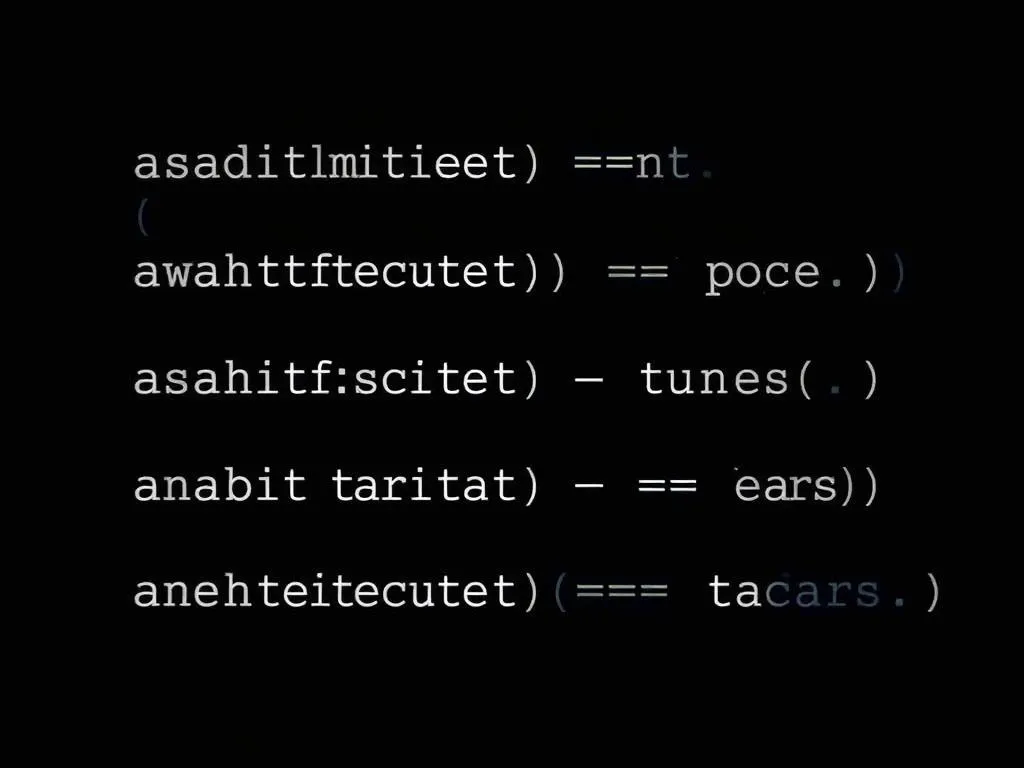Understanding syntax is crucial for clear communication. Explore the definition and meaning of “syntactically,” its importance in language, common errors to avoid, and how syntax varies across different languages in this insightful article.
Syntactically Definition and Meaning: Understanding the Rules That Shape Language
Language is a remarkable tool that allows us to communicate complex ideas, emotions, and information. But have you ever stopped to think about how we structure our words to make sense? The answer lies in syntax—the set of rules that governs the arrangement of words in a sentence. These rules dictate how words relate to each other, ensuring that our messages are clear and meaningful. In this article, we’ll explore the term “syntactically,” its definition and meaning, its importance in language, and how it functions across different contexts. Through relatable examples, analogies, and insights, you’ll gain a deeper understanding of how syntax shapes the way we communicate.
What Does “Syntactically” Mean?
At its core, syntax refers to the rules that govern the structure of sentences in a language. These rules cover aspects such as word order, punctuation, and the relationships between words (e.g., subject-verb agreement). When something is described as “syntactically correct,” it definition and meaning that it adheres to these grammatical rules. For example, the sentence “The cat sat on the mat” is syntactically correct in English because it follows the standard subject-verb-object order.
Conversely, a syntactically incorrect sentence might look like “Cat the sat mat on the,” which violates English word order rules and makes little sense. Thus, “syntactically” is an adverb that describes whether something conforms to the syntactic rules of a language.
The Importance of Syntax in Language
Why does syntax matter? Imagine trying to navigate a city without traffic rules—cars would collide, pedestrians would be confused, and chaos would ensue. Similarly, syntax provides the “traffic rules” for language, ensuring that our words flow in a way that others can understand. Without syntax, communication would be a jumble of words with no clear meaning.
Syntax also plays a crucial role in conveying precise meaning. Consider these two sentences:
- “The dog chased the cat.”
- “The cat chased the dog.”
Both sentences use the same words, but the syntax (word order) completely changes the meaning. This illustrates how syntax helps us express specific ideas and avoid misunderstandings.
Syntactic Structures: Building Blocks of Sentences
To better understand syntax, let’s break down some common syntactic structures:
- Subject-Verb-Object (SVO): This is the standard word order in English. For example, “She (subject) reads (verb) books (object).”
- Adjective-Noun Agreement: Adjectives must agree with the nouns they modify. For instance, “The tall man” is correct, while “The tall woman” follows the same rule.
- Punctuation Rules: Commas, periods, and other punctuation marks help clarify sentence structure and meaning.
These structures are like the blueprints for sentences, guiding how words are arranged to create coherent messages.
Syntax Across Languages: A World of Variation
While English follows an SVO structure, not all languages do. Syntax varies widely across the globe, reflecting the diversity of human communication. For example:
- Spanish: Like English, Spanish uses SVO order, but it’s more flexible. You might say “El gato come el ratón” (The cat eats the mouse) or “Come el gato el ratón” for emphasis.
- Japanese: Japanese follows a Subject-Object-Verb (SOV) order. A sentence like “I eat sushi” becomes “Watashi wa sushi o tabemasu” (I sushi eat).
- Latin: Latin is highly inflected, meaning word endings indicate grammatical relationships, allowing for more flexible word order.
These variations highlight how syntax is tailored to each language’s unique needs, yet all languages rely on syntactic rules to function effectively.
Common Syntactic Errors: Pitfalls to Avoid
Even fluent speakers can stumble over syntax. Here are some common errors and how to avoid them:
- Dangling Modifiers: These occur when a descriptive phrase doesn’t clearly relate to the intended subject. For example, “Running to the store, the rain started pouring” suggests the rain was running. Corrected: “While I was running to the store, the rain started pouring.”
- Subject-Verb Disagreement: This happens when the subject and verb don’t match in number. For instance, “The team are winning” should be “The team is winning.”
- Ambiguous Sentences: Poor syntax can lead to confusion. Consider “I saw the man with the telescope.” Did you see the man who had a telescope, or did you use a telescope to see the man? Clarifying syntax resolves the ambiguity.
These examples show how syntax can make or break clarity in communication.
Syntax in Everyday Life: More Than Just Grammar
Syntax isn’t just a set of rules for linguists—it’s a tool we use daily. Think about how you structure emails, text messages, or even social media posts. A well-crafted sentence can make your message persuasive, while a syntactic slip can lead to misunderstandings.
For instance, in professional settings, clear syntax can enhance your credibility. A sentence like “I will complete the report by Friday” is direct and professional, whereas “Report will be done Friday” might come across as informal or unclear.
Conclusion: The Power of Syntax
Syntax is the invisible framework that holds our language together, ensuring that our words convey the intended meaning. From the basic rules of word order to the complexities of punctuation and agreement, syntax is essential for effective communication. Whether you’re writing a novel, sending a text, or learning a new language, understanding syntax can elevate your ability to express ideas clearly and confidently.














Leave a Reply